April 8, 2021
Joe Froggers
Learn how to make Joe Froggers, a classic New England cookie.
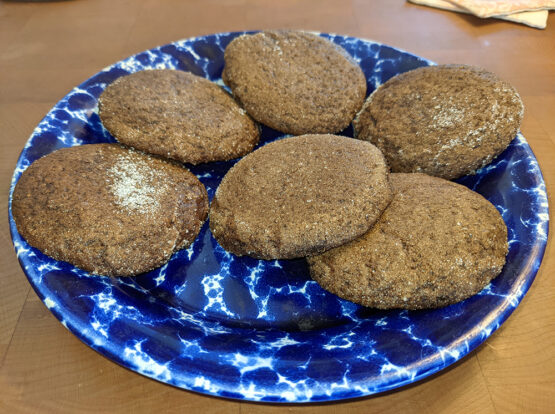
Written by Kirk Cusic, Education Director
For today's At Home Activity we are going to make a classic New England cookie: the Joe Frogger! These cookies date back to the colonial era and the recipe is credited to Lucretia Brown (1772-1857). They were partly named for her husband, Revolutionary War veteran Joseph Brown (1750-1834) of Marblehead, Massachusetts. These cookies were reportedly popular with fishermen and sailors on sea voyages because they didn't spoil easily.
Brown was a formerly enslaved man of mixed African and Wampanoag ancestry who - along with Lucretia - operated a tavern in Marblehead after the war. These cookies were made in an iron skillet and were said to be Lucretia's specialty. The second part of their unique name has several possible sources: local Marblehead legend states that they tended to create free-form shapes reminiscent of frogs because they were cooked in a skillet. An alternative theory cites the fact that the tavern was located next to a mill pond filled with frogs. Wherever the name comes from, make up a batch today and enjoy a piece of New England history!
The original recipe calls for rum, but you can substitute vanilla or rum extract if you prefer.
If you don't own a 2 oz ice cream scoop and you regularly make cookies from scratch, I highly recommend picking one up! Your cookies will be a uniform shape and size and your hands will be much cleaner.
Ingredients:
- - ⅓ cup plus 1 tablespoon hot water
- - 1 cup unsulphured dark molasses
- - 2½ tablespoons dark rum
- - 3-3½ cups all-purpose flour, plus more for work surface
- - 1½ teaspoons table salt
- - 1 teaspoon baking soda
- - 1¼ teaspoons ground ginger
- - ½ teaspoon ground cloves
- - ½ teaspoon ground allspice
- - ¼ teaspoon freshly grated nutmeg
- - ½ cup (1 stick) salted butter, softened, plus more for greasing
- - 1 cup granulated sugar, plus more for rolling
Instructions:
click each image to view larger
Step 5: Cover over with plastic wrap, and chill in the refrigerator overnight.
Step 6: Preheat oven to 375° and grease two baking sheets or line with parchment.
Step 7: You have options for shaping the cookies. Whichever method you choose, the dough is quite sticky so you will need to work fast to shape the cookies before the dough warms up!
Method A) Use a 2 oz. ice cream scoop to shape the dough into a ball. If you don't have an ice cream scoop, scoop out pieces of dough with a spoon and roll them into balls between your palms.
Method B) On a floured surface, roll the dough out to a ½ inch thickness and use a floured 2-inch cookie cutter or drinking glass to cut the dough into rounds.
As with all our At Home Activities we would love to hear what you thought of this project! Share your photos with us by emailing us at [email protected], posting on our Facebook page or tagging us on Instagram @herreshoff #HerreshoffFromHome.

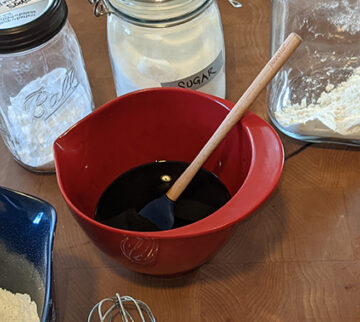
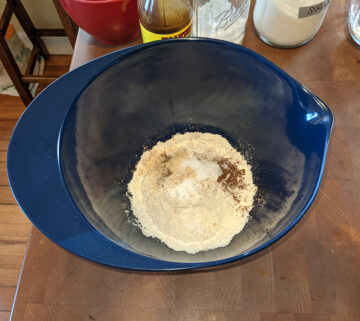
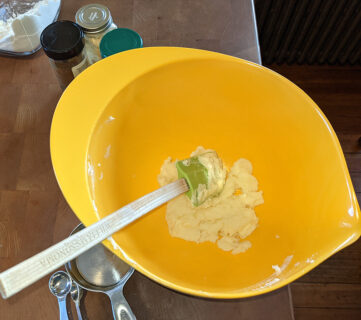
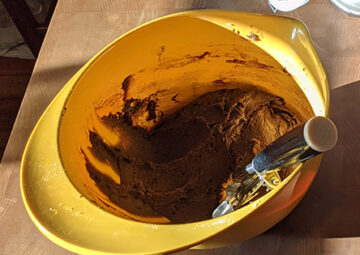
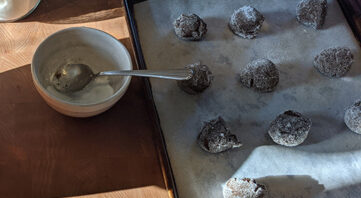
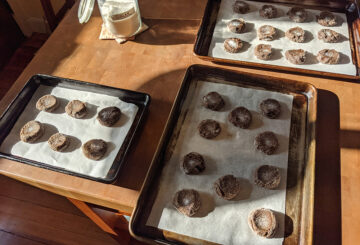
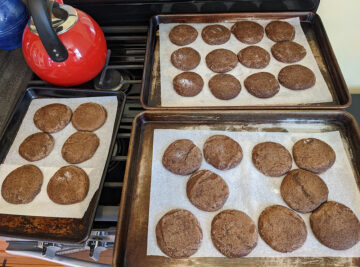
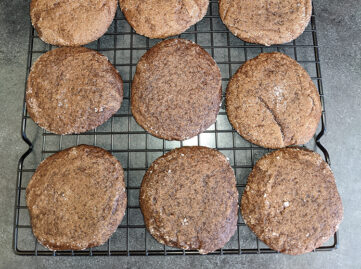
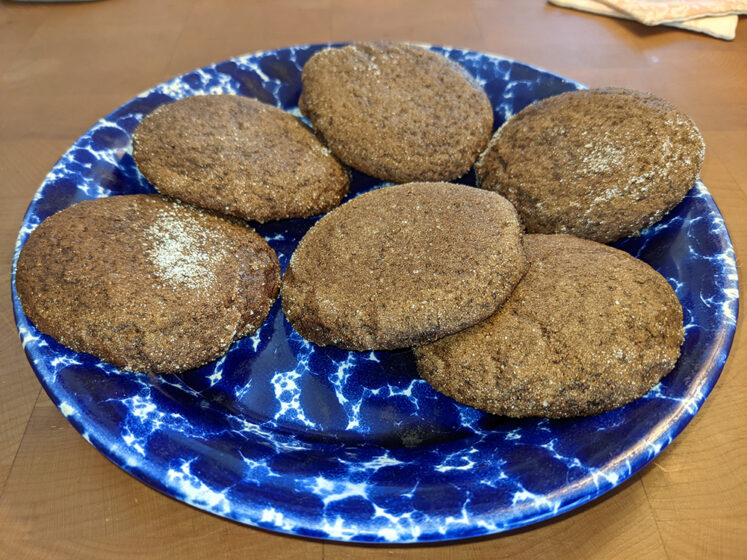
I must say from my southern perspective …I hope they taste better than they look… haha..they should be good and with all good ingredients. It must take a New Englander to appreciate an austere Cookie….
Actually the taste of these molasses cookies is what makes them unique. And the nutrient content when made on a cast iron skillet. But the real lesson is in the history of this cookie. Perhaps for today’s America we need to resurrect the story…
That said…I will be making these tomorrw !